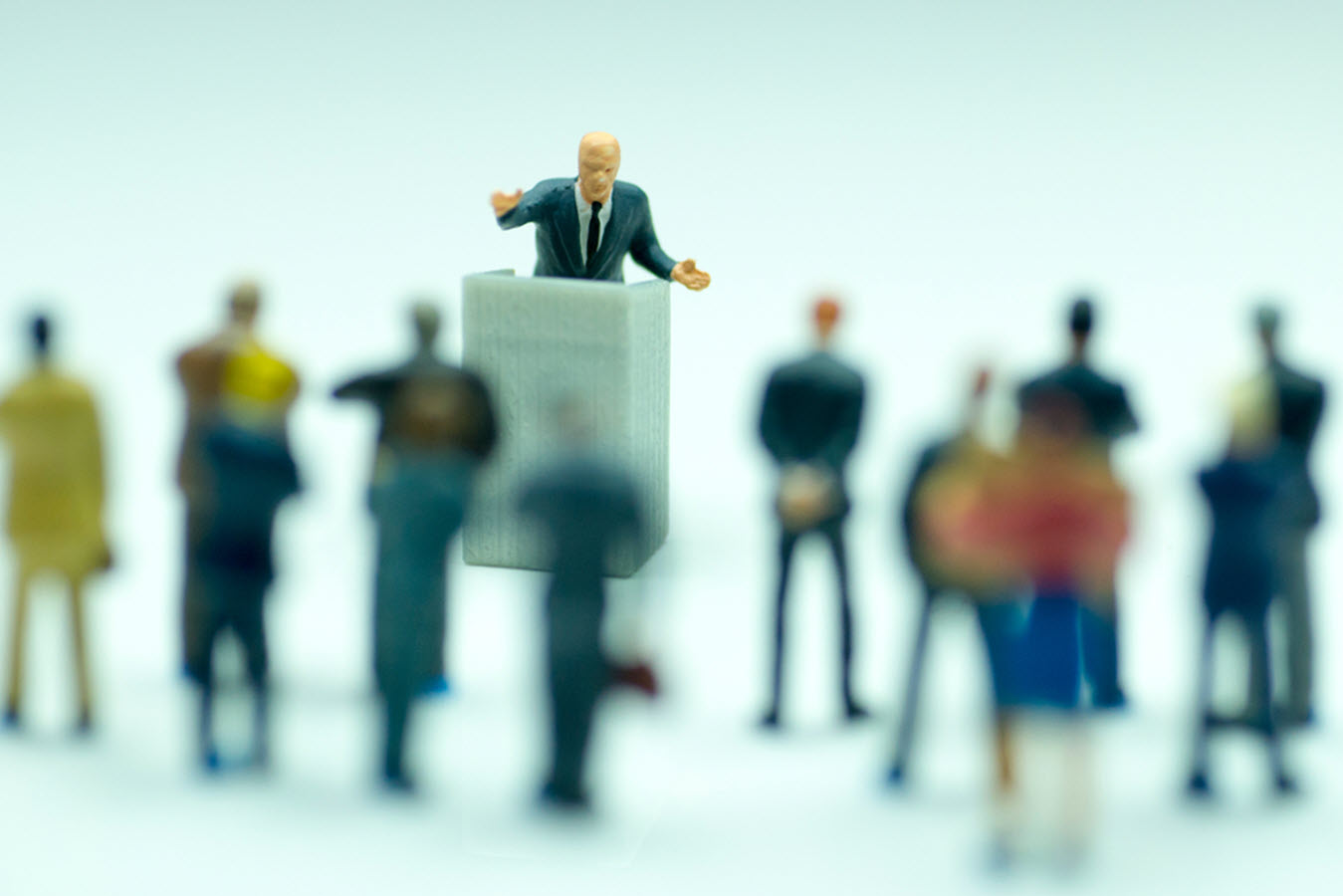How to Avoid Software Cost and Schedule Overruns
How successful are software projects today? To find out, you may want to ask your favorite AI agent. I asked Copilot to provide statistics on software project schedule, effort, and cost outcomes compared to plans.

The accuracy of these numbers may be questionable, but the overall message is not. Software project cost and schedule overruns abound! Measuring software size throughout the software project lifecycle provides the insights you need to reduce risk and improve software project success.
Up to this point in our Software Size Matters video series, we have covered the benefits of quantifying software size and presented sizing metrics and methods that fit the type of software development work you do. In this episode, we present examples of how to apply these concepts throughout the project lifecycle.
Quantifying software size is an important best practice for each of the three major project stages:




